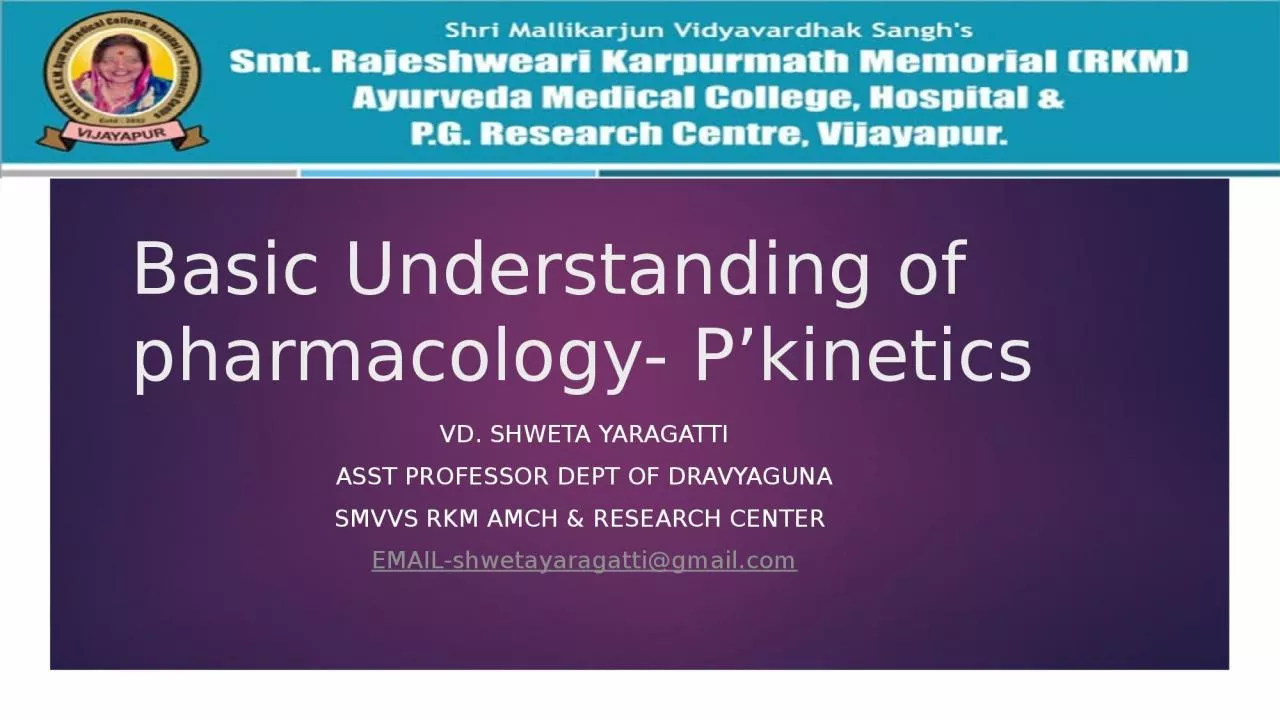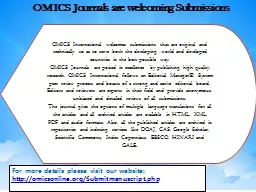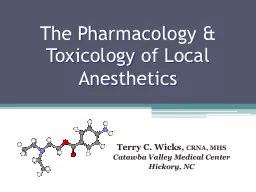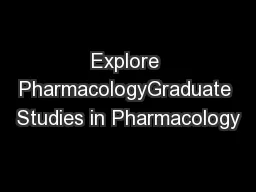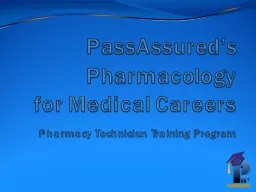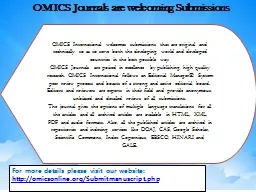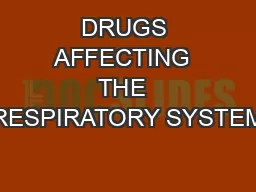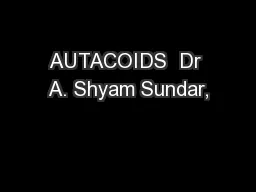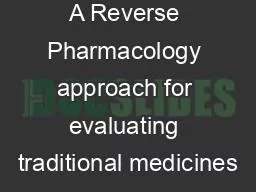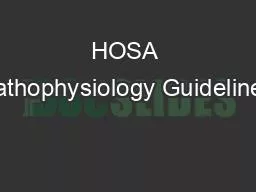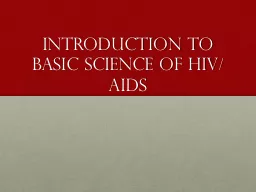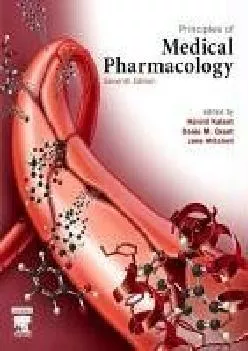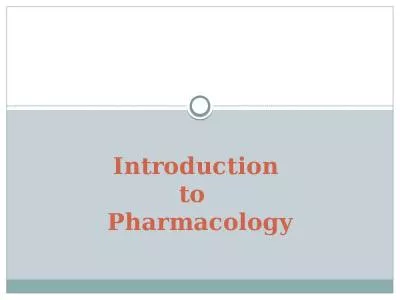PPT-Basic Understanding of pharmacology-
Author : brown | Published Date : 2024-01-13
Pkinetics Vd Shweta yaragatti Asst Professor Dept Of Dravyaguna SMVVS RKM AMCH amp RESEARCH CENTER Email shwetayaragattigmailcom Contents Introduction Pharmacokinetics
Presentation Embed Code
Download Presentation
Download Presentation The PPT/PDF document "Basic Understanding of pharmacology-" is the property of its rightful owner. Permission is granted to download and print the materials on this website for personal, non-commercial use only, and to display it on your personal computer provided you do not modify the materials and that you retain all copyright notices contained in the materials. By downloading content from our website, you accept the terms of this agreement.
Basic Understanding of pharmacology-: Transcript
Download Rules Of Document
"Basic Understanding of pharmacology-"The content belongs to its owner. You may download and print it for personal use, without modification, and keep all copyright notices. By downloading, you agree to these terms.
Related Documents

